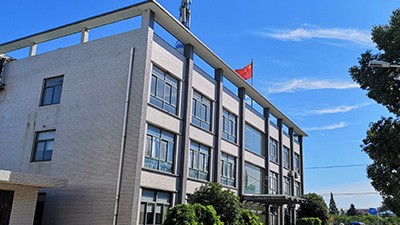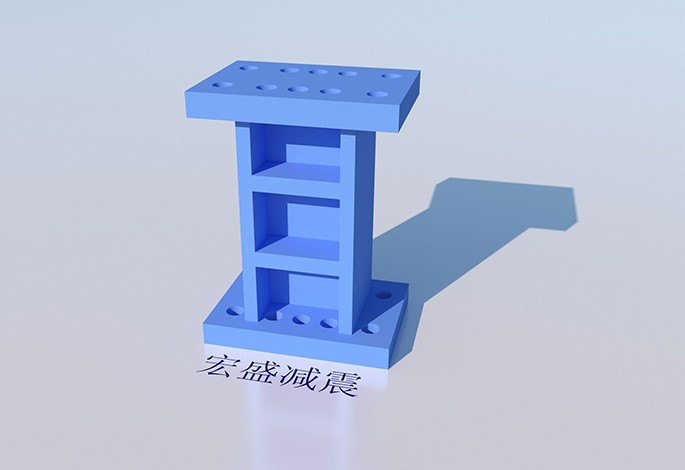1. Basic concepts
Metal yield damper belongs to displacement damper. At present, there are two kinds of metal yield dampers: coupling beam damper and metal mild steel damper. The core energy dissipation component of metal yield damper is mild steel, which has the characteristics of low yield point and good ductility. After connecting with the structure, the metal yield damper will enter the yield state before the structure under the earthquake action, so as to dissipate the seismic energy.
Compared with buckling restrained energy dissipation braces, metal yield dampers have the advantages of large lateral stiffness, large ductility ratio, high material utilization and good economy.
2. Tectonic composition
When the shear deformation of mild steel is used to dissipate seismic input energy, this kind of metal damper is called shear mild steel damper. Shear type mild steel damper is generally composed of in-plane shear core plate and out of plane constraint machine plate. There are many kinds of out of plane restraint mechanisms, so shear type mild steel dampers can also be divided into several different types.
When out of plane bending yielding of mild steel is used to dissipate seismic input energy, this kind of metal damper is called flexural mild steel damper. The flexural mild steel damper has no out of plane restraint mechanism.
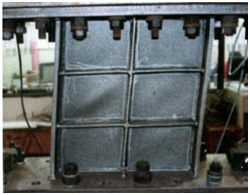
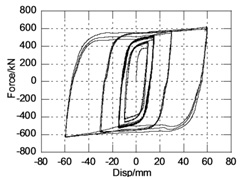
3. Product features
MYD has the characteristics of miniaturization, early yield under stress and strong energy consumption. The product thickness is generally within 200mm, which can be flexibly and conveniently placed within the building partition. The main advantages are as follows:
1) It is easy to enter into yield energy consumption, which can be used for small earthquake energy consumption projects to improve the economy of the project.
2) The product is small in size and diversified in connection methods, which can be conveniently placed in the wall of the building and has little impact on the building.
3) With strong energy dissipation capacity and reasonably designed products, the core plate can enter the state of yielding energy dissipation in full section with high efficiency.
4) As a displacement damper, because of its own stiffness, it can contribute to or adjust the stiffness of the structure.
5) The design service life is the same as that of the main structural members, which is 50 years, free of maintenance under normal conditions.
6) It is convenient to repair and replace after the earthquake.
4. Product representation and specification parameters
According to its deformation principle, metal dampers can be divided into shear type and bending type; According to the type of core material, it can be divided into yield type mild steel damper, yield type lead damper, yield type alloy damper, etc. At present, mild steel metal dampers are mainly used in the market
The mark of metal yield damper consists of product name MYD, classification code, yield bearing capacity (KN) and yield displacement (mm).
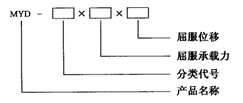
Example 1:
Steel yield damper, yield bearing capacity 200KN, yield displacement 1.2mm, marked as:MYD-S×200×1.2;
Example 2:
Lead yield damper, yield bearing capacity 300KN, yield displacement 1.5mm, marked as:MYD-L×300×1.5.
The yield bearing capacity of our conventional metal yield damper products covers the range of 100KN-1000KN, which can fully meet the needs of various projects.
5. Scope of application
1) New Project
Mainly used to add damping ratio to the structure:
1 Reduce the seismic force action of the structure and reduce the displacement of the structure
2 Reduce the reinforcement of main structural members
3 Optimize the structural section size and increase the use area of the building
4 Enhance or improve the seismic energy dissipation performance of structures, such as the application of dampers in coupling beams
2) Seismic strengthening and reconstruction of existing buildings
A Reduce the calculated reinforcement of structural members of the main structure, such as beams and columns, so as to reduce the amount of reinforcement.
B Improve the energy consumption capacity of the structure and enhance the safety of the structure.
3) Engineering application type
A - Schools (kindergartens, primary schools, middle schools, universities, etc.)
B - Hospital
C - Large public buildings such as office buildings, hotels, shopping malls, cultural and art palaces, gymnasiums, museums
D - Railway station, passenger station, airport and other public places with high passenger flow density
E - Industrial plants and parking garages
F - Important parts such as bridges and municipal works
6. Acceptance Criteria
See Clause 3 of Article 5.6.1 and 5.2.1-5.2.4 of Technical Code for Energy Dissipation and Vibration Reduction of Buildings (JGJ297-2013) for details; Refer to Chapter 8 of Building Energy Dissipation Damper (JGT209-2012) for acceptance.
For metal energy dissipators, the sampling quantity shall not be less than 3% of the quantity of the same type and specification in the same project. When the quantity of energy dissipators of the same type and specification is small, 3% of the total quantity can be sampled in the same type of energy dissipators, but it shall not be less than 2, and the qualification rate is 100%. This batch of products can be used for the main structure
The detected energy dissipator shall not be used for the main structure.

